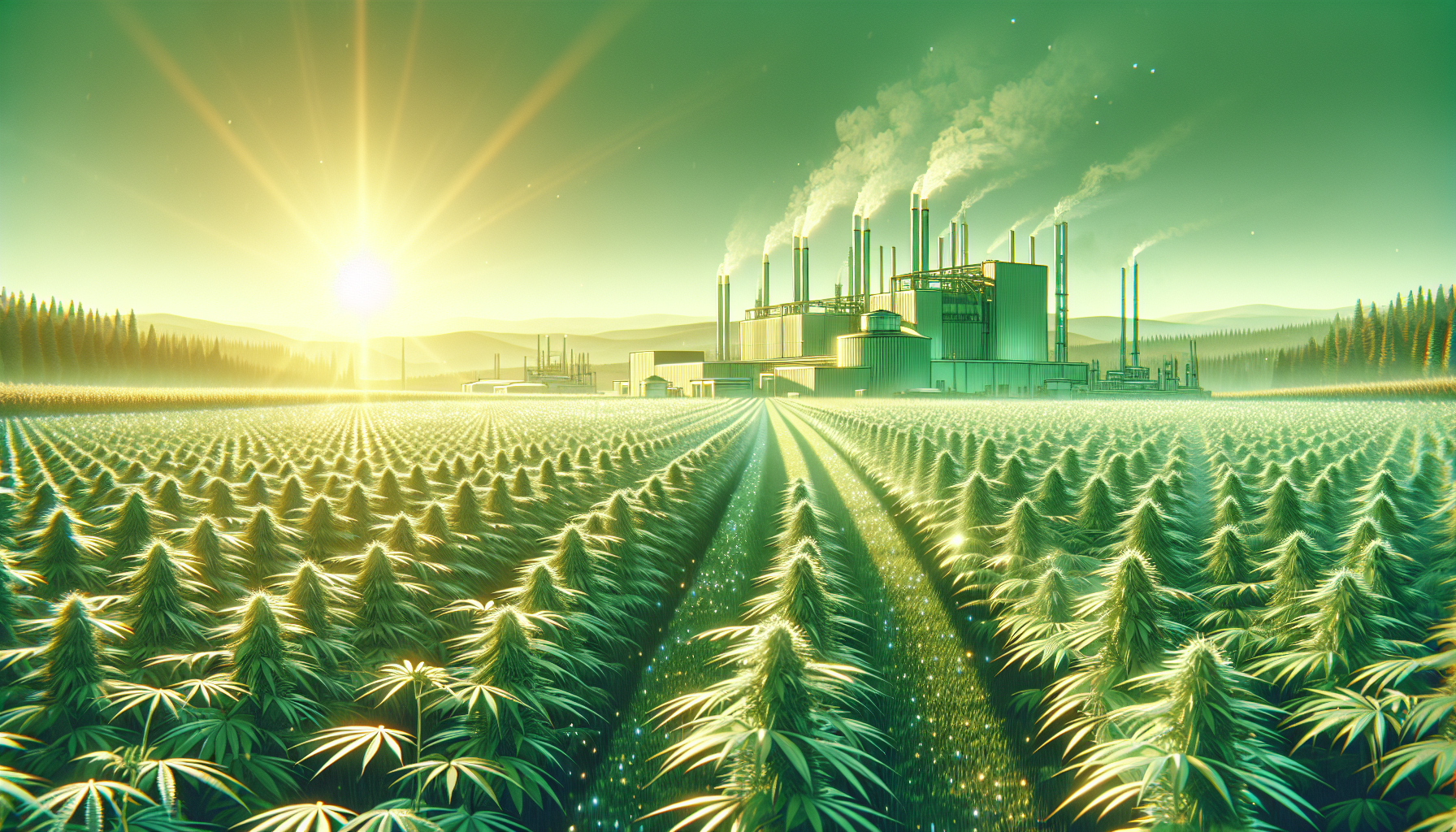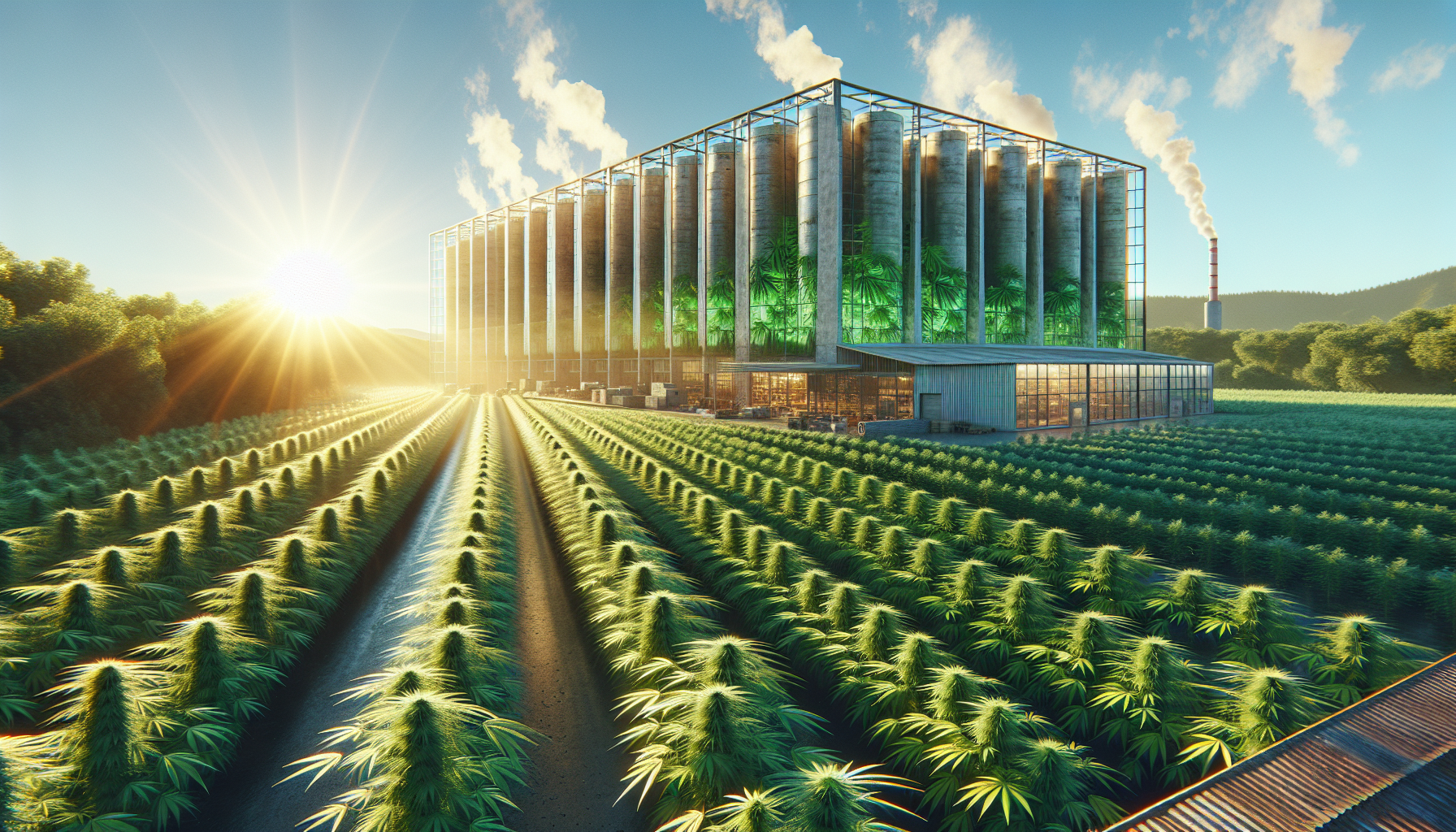
As we move further into the 21st century, the conversation around sustainability and eco-friendly practices has intensified. One area that stands out in this dialogue is The Future of Industrial Hemp. This versatile plant has been utilized for centuries, but recent developments in agriculture, technology, and legislation have opened new avenues for its use. With growing interest from various industries including textiles, construction, and biofuels, understanding the potential of industrial hemp is more crucial than ever.
Exploring The Future of Industrial Hemp
You can see more at industryhempco.com
The future landscape for industrial hemp looks promising as it continues to gain recognition not only for its environmental benefits but also its economic potential. As countries worldwide move towards sustainable practices, industries are beginning to recognize hemp as a viable alternative to traditional materials. Innovations in processing techniques and product applications are paving the way for a robust market that could reshape numerous sectors.
Discover The Future of Industrial Hemp
The Expanding Applications of Industrial Hemp
The versatility of industrial hemp is one of its most appealing attributes. From textiles to biodegradable plastics, The Future of Industrial Hemp holds a multitude of applications that can replace environmentally harmful products. For example, fabrics made from hemp fibers are not only durable but also require fewer resources to produce compared to cotton or synthetic fibers. In construction, hempcrete—a mixture made from hemp hurds—offers an eco-friendly alternative to traditional concrete.
The Role of Legislation in Shaping The Future of Industrial Hemp

Legislation plays a crucial role in determining the viability and growth potential within any industry; this holds true for The Future of Industrial Hemp as well. Countries like Canada have already established frameworks that promote legal cultivation and processing while ensuring product safety standards are met. In many regions where ‘sqdc-weed’ regulations have been enacted alongside agricultural reforms concerning industrial hemp cultivation, there’s an emerging synergy that’s likely to benefit both sectors significantly.
Sustainability: A Core Component in The Future of Industrial Hemp
Sustainability is at the forefront when discussing The Future of Industrial Hemp. As consumers become increasingly conscious about their choices impacting the planet’s health, products derived from industrial hemp present an attractive solution due to their low environmental footprint. Unlike other crops that deplete soil nutrients or require extensive water resources, industrial hemp can grow rapidly with minimal intervention while enriching soil health—making it an ideal choice within sustainable agriculture initiatives.
The Economic Impact on Industries Related To ‘sqdc-weed’
The intersection between cannabis regulations such as ‘sqdc-weed’ (Société québécoise du cannabis) and industrial hemp presents unique economic opportunities that could redefine market dynamics over time. With growing consumer acceptance around cannabis-related products combined with advancements in industrial applications for non-psychoactive strains—there’s immense potential for cross-industry collaboration which might enhance overall profitability while diversifying offerings across both markets.
The Future of Industrial Hemp
In summary, several factors contribute positively towards shaping what lies ahead regarding The Future of Industrial Hemp: expanding applications across different sectors; favorable legislative environments bolstering development; emphasis on sustainability driving consumer demand; economic prospects enhanced through innovative collaborations with existing markets like ‘sqdc-weed.’ Each aspect not only highlights how vital this crop can be moving forward but also underscores why stakeholders should invest time exploring these avenues actively.
Pros / Cons
Pros:
1. Versatility: Can be used across multiple industries.
2. Environmental Benefits: Low impact on resources.
3. Economic Growth: Potential job creation through new markets.
4. Soil Health Improvement: Enhances biodiversity when grown sustainably.
Cons:
1. Regulatory Challenges: Variations across regions may hinder growth.
2. Market Competition: Competing with established materials may be difficult initially.
3. Public Perception Issues: Misunderstanding about cannabis associations may affect acceptance.
4. Initial Investment Costs: High setup costs could deter small-scale farmers initially.
FAQ

1) What is industrial hemp?
– It refers to strains of Cannabis sativa cultivated specifically for non-drug use such as fiber production or oil extraction.
2) How does it differ from marijuana?
– Unlike marijuana which contains high levels (over 0.3%) THC (the psychoactive compound), industrial hemp has minimal THC content making it suitable legally under various laws globally including those surrounding ‘sqdc-weed’.
3) What are some common uses?
– Common uses include textiles (clothing), building materials (hempcrete), bioplastics & food products (hemp seeds).
4) Is cultivating industrial hemp profitable?
– Yes! Though profitability varies by region based on local laws/market demand; many farmers report higher profits compared with traditional crops after initial establishment phases complete successfully!
With increased awareness surrounding ecological issues coupled with legislative support guiding innovations—the trajectory suggests significant growth opportunities lie ahead regarding The Future Of Industrial Hem p! Whether you’re partaking directly via cultivation/production channels or simply considering consumption choices—the ripple effects will surely touch every corner involved!